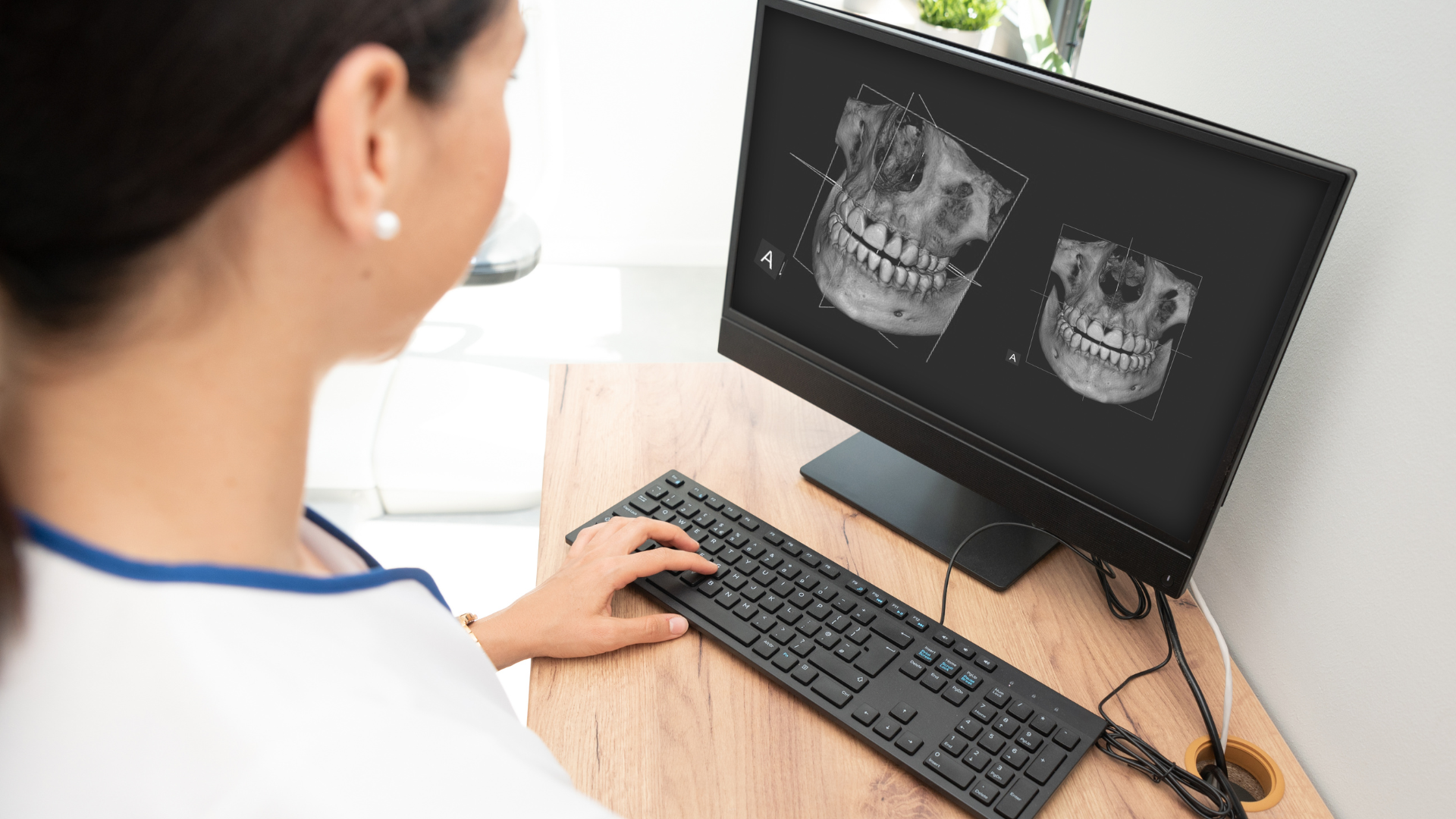Pain Management

Pain can occur in any number of places in your mouth: teeth, gums, roots, the palate, tongue and jaw. Cavities are a common culprit causing pain. Untreated cavities can impact nerves because of infections of the tooth and gums. Impacted and abscessed teeth and sore jaws from teeth grinding are other common causes of pain. Improper bite relationships and jaw disorders can also cause pain. Other sources of pain include sleep disorders, and headaches and neck aches. Special splints can sometimes be applied to stabilize a bite. Bites can also be corrected with special orthodontic procedures, appliances and restoration techniques.

Some dental procedures, such as tooth extractions and oral surgery, may call for our office to prescribe medications before or after a procedure. These medications are used to prevent or fight an infection, or to relieve any post-operative discomfort and pain. For these reasons, it is extremely important that you share your entire medical history - including any medications you are currently taking - with our office. Some medications used in dentistry, and other medical practices, could interact with those medications in a detrimental way. In addition, if you have any allergic reactions to certain medications, it is important for our office to know beforehand. Finally, if you are prescribed any medication by our office, follow the dosage instructions very carefully, and if instructed, finish your entire prescription even if you are no longer feeling pain.

There are many methods for relieving oral pain. They include: Ice packs on the affected area. Avoiding hard candy or ice. Avoiding sleeping on your stomach. Dentists use a wide array of pain management tools, including: Anesthetics such as Novocaine. Analgesics such as aspirin or ibuprofen. Sedatives, including a procedure known as "conscious sedation" or general sedation (also known as "deep sedation").

Dentistry has advanced to the point in which pain is almost a thing of the past. Powerful pain-killing medications known as anesthetics not only help a patient avoid discomfort during a procedure, but post-operatively as well. Some patients, especially children, may require higher doses of anesthetic than others. Types of Pain-Killing Medications include: Analgesics - These are also called pain relievers and include common non-narcotic medications such as ibuprofen and aspirin. Analgesics are usually used for mild cases of discomfort, and are typically prescribed following such procedures as a root canal or tooth extraction. Anesthetics - Anesthetics can either be topically applied, injected or swallowed. Dentists often apply topical anesthetics with a cotton swab to an area of the mouth where a procedure such as a restoration will be performed. This numbs the affected area. Topical anesthetics are used in many dental procedures such as tooth restoration. Topical anesthetics also are used to prepare an area for injection of an anesthetic. Novocaine and Lidocaine are the most common kind of injectable anesthetics. Such medications block the nerves from transmitting signals and are used for more major types of procedures, such as fillings and root canals. Sedatives - Sedatives are medications designed to help a patient relax. This can be a powerful tool in avoiding pain. Sedatives are sometimes used in combination with other types of pain relievers and pain-killers. Nitrous oxide, or laughing gas, is a form of sedative. Conscious sedation involves administering a sedative while the patient is alert and awake. Deep sedation or general anesthesia involves administering a medication that places a patient in a state of monitored and controlled unconsciousness. Types of Sedatives include: Intravenous (IV) sedation - Usually in the form of a tranquilizing agent; patients given IV sedation are often awake, but very relaxed. Inhalation sedation - a form of sedation in which nitrous oxide is administered through a special mask.

Many people associate the high-pitched whirring of a dental drill with pain. Just the sound alone can make many people wince. A relatively new technique called air abrasion uses powerful particles of aluminum oxide to remove debris and decay. The most exciting thing for patients is that air abrasion is painless and, in some cases, doesn't require an anesthetic. Air abrasion leaves behind a gritty feeling in your mouth, which is simply rinsed away almost instantaneously using a small suction device. Tiny cracks and imperfections on a tooth can be fixed using air abrasion. Although air abrasion is not suitable for work on crowns and bridges, it is often used for bonding procedures, and on tooth restorations involving composite, or tooth-colored fillings.

